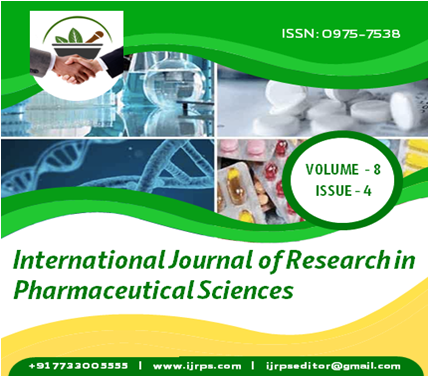Abstract
Background: Bronchial asthma is a chronic inflammatory airway disease requiring long-term pharmacological management. Rational drug use is essential to optimise therapeutic outcomes and minimise adverse effects. This study aimed to evaluate prescribing patterns, drug utilization trends, and adherence to standard treatment guidelines among asthma patients in a tertiary care hospital. Methods: A prospective observational study was conducted with 143 bronchial asthma patients. Data were collected using structured case record forms covering demographics, clinical history, and drug therapy details. Drug use was analysed using WHO prescribing indicators and compared with national and international guidelines. Results: Most patients were aged 31–50 years, with a slight male predominance. Inhalation was the preferred route (78%), with β2-agonists (salbutamol) and inhaled corticosteroids (budesonide) being most common. Combination therapy (LABA + ICS) was used in 64% of cases. Oral leukotriene receptor antagonists and theophyllines were less frequent. About 82% of prescriptions adhered to guidelines. Polypharmacy was seen in 28%, with generic prescribing in only 42%. The average prescription contained 5.95 drugs. Oral dosage forms (55.80%) were more common than inhalation (27.76%). Methylxanthines were frequently prescribed. Conclusion: Drug use was generally rational with good guideline adherence. Improvements in generic prescribing and reduced polypharmacy are recommended.
Full text article
Generated from XML file
Authors
Kumar Y, S. N. ., K, N. ., & B, A. (2017). Drug Utilization Evaluation in Bronchial Asthma an Observational Study in a Tertiary Care Hospital . International Journal of Research in Pharmaceutical Sciences, 8(4), 822–832. Retrieved from https://ijrps.com/home/article/view/4779
Copyright (c) 2017 International Journal of Research in Pharmaceutical Sciences

This work is licensed under a Creative Commons Attribution-NonCommercial-NoDerivatives 4.0 International License.

